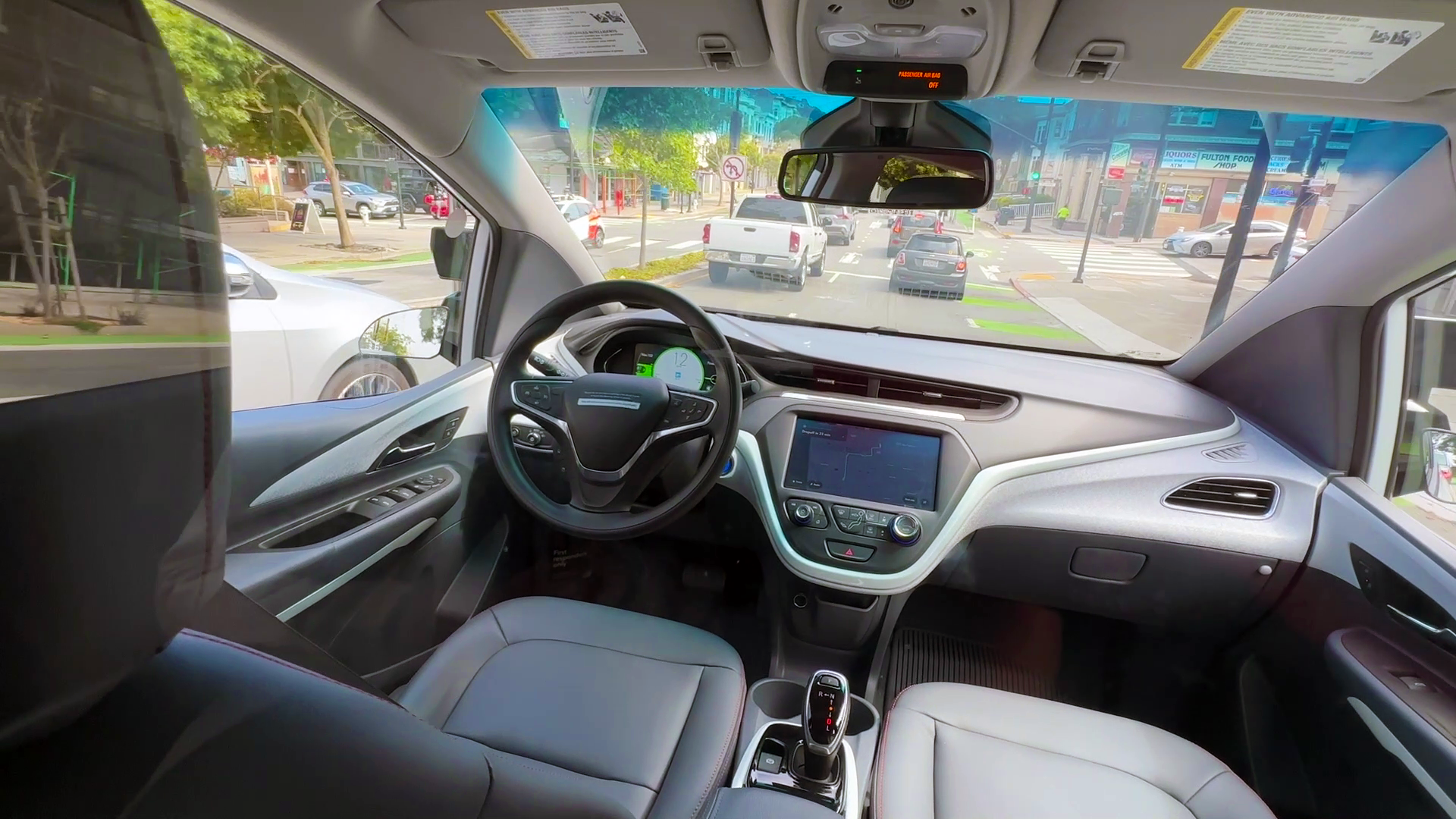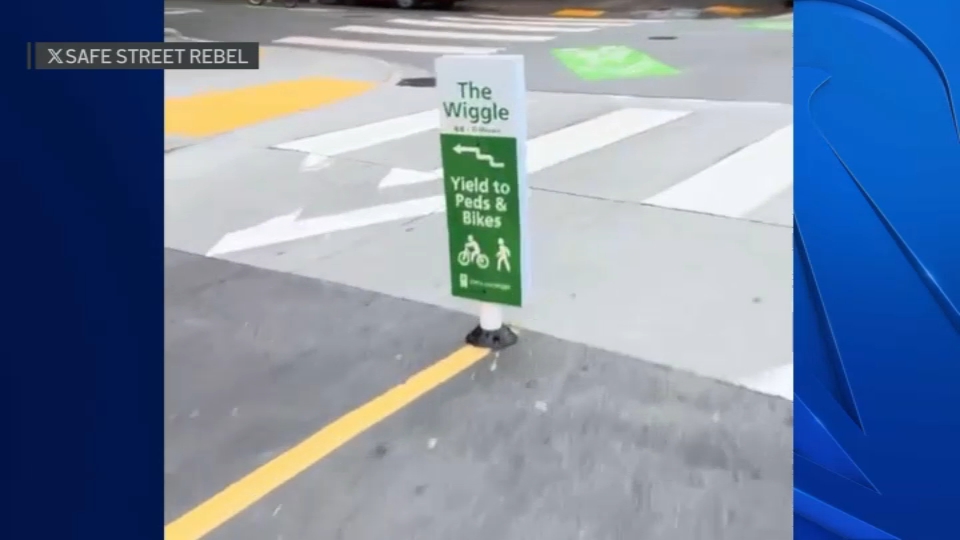As evidence that the influence of Burning Man’s annual soiree in Nevada’s Black Rock Desert has stretched its artistic tentacles well beyond the dusty Playa, the Smithsonian Art Museum will pay tribute to the art of Burning Man in an upcoming major exhibition.
The exhibition titled “No Spectators; The Art of Burning Man” opens March 30th in the Smithsonian’s Renwick Gallery in Washington D.C., featuring works by many of the Bay Area artists who have provided the artistic core of the annual festival, which draws 70,000 participants who form a week-long metropolis in the harsh desert.
“They give a palette for people to come build massive cathedrals or temples,” Petaluma artist Michael Garlington said of the Burning Man organization.
Garlington is one of three Bay Area artists commissioned by the museum to create new installations specially for the exhibit. More than a dozen other artists will contribute pieces.
Inside of his Petaluma studio, surrounded by grain silos, Garlington is creating a 20-foot archway papered with his own macabre black-and-white photography. The arch will appear to deconstruct into the gallery ceiling.
Garlington, who began his art career as a photographer, has created several 60-foot “photo temples” for the desert festival — which challenges creators to possess not only hardy doses of creativity and ingenuity — but straight-up survivorship in the cruel desert conditions.
“You have this place that allows you to build massive visions of grandeur,” Garlington said, as rain tapped rudiments on his shop’s tin roof. “Burning Man, I owe them everything.”
Local
The annual festival began in 1986 on San Francisco’s Baker Beach and relocated to the desert several years later. In its location inside the Black Rock Desert’s sprawling dry alkali lake bed, artists have been free to build projects as large and wondrous as imagination and means will allow.
Frequent dust storms and blistering heat make the festival perhaps the world’s most punishing art gallery. The Smithsonian exhibition will occupy the entire Renwick building — and will be decidedly less dusty.
“This exhibition transports the art of Burning Man to a museum setting, so that audiences who cannot visit Black Rock City can encounter the cutting-edge work being created at this transformative annual event,” said Stephanie Stebich, Director of the Smithsonian American Art Museum and Renwick Gallery.
Artist David Best who for years built the Burning Man’s annual temple, where visitors leave photos and mementoes to remember loved ones lost, will create one of his signature pieces for the exhibition.
Oakland artists Bree Hyklema and Sean Orlando of the art group Five Ton Crane are constructing a version of one of the festival’s ubiquitous “mutant vehicle” that will mimic a mobile Art Deco movie theater, complete with homemade silent films projected onto a screen.
“The art you see at Burning Man is unlike any art you’ll see anywhere else in the world,” Orlando said in his Oakland studio. “I think that is very appealing to people.”
The exhibit will run through September 16th, 2018 — ending just a week after the actual festival concludes its week-long run over the Labor Day holiday.
Inside his studio, Garlington paused to look up at his arch, which was beginning to take shape beneath a cloak of black and white photo decor. A photo of Susan Sarandon wearing a paper dress Garlington created for a portrait shoot of the actress, was affixed to a beam framed by a border of black and white eyes.
“It is kind of strange that this piece in Petaluma, California,” Garlington marveled, “will be standing in Washington D.C. in a matter of months.”



